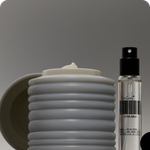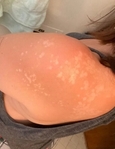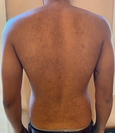How does tinea versicolor affect skin of color?
For people with skin of color, tinea versicolor typically hypopigments the skin, which means the rash shows up a few shades lighter than the base skin tone (whereas lighter skin tones might see more of a range of colors, from pink to gray).1 “The dyspigmentation [from tinea versicolor] is often more apparent in skin of color,” says Dr. Kellie Reed, a board-certified dermatologist at Westlake Dermatology in Austin, Texas, so jumping on treatment as quickly as possible will help stop it from spreading. Treating tinea versicolor—with antifungal washes and creams—is the same across skin tones.
References:
1Tinea versicolor in dark-skinned individuals by Joseph R Kallini et al. Int J Dermatol.
Get Updates
There’s more to come.
Sign up to receive periodical updates on Mass Index, and to be the first to know when Soft Services launches new products. (If we don’t have any updates, we won’t email you.)
Tinea Versicolor
A harmless skin rash caused by an excess of naturally occurring yeast that shows up in splotchy patches on the body.
Also Called
Pityriasis versicolor
Frequently Found On
Back, chest, butt
Related Concerns
Learn More: Tinea Versicolor

























